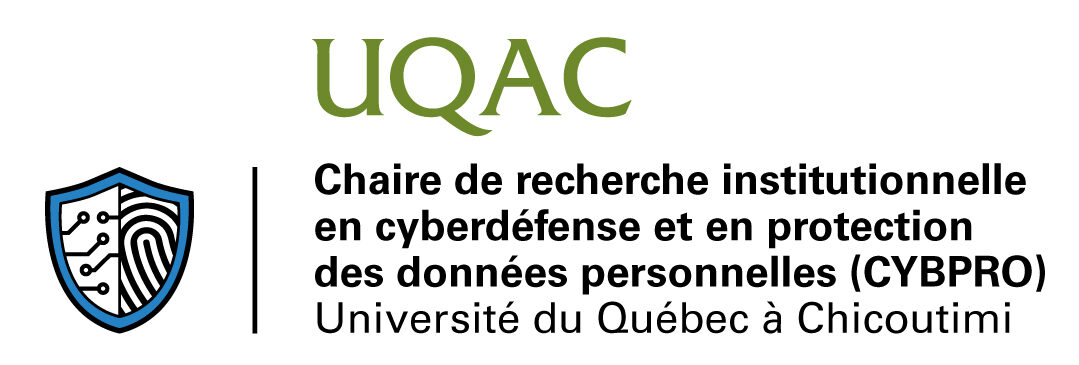Private real estate digital identity project


The real estate industry is undergoing a major transformation, and the introduction of a digital identity for properties is intended to simplify interactions, streamline processes and offer new prospects for efficiency in the real estate sector. However, creating a digital identity for a private property while complying with Quebec legislation on the use of personal data presents challenges.
Digital identity, which has been around for almost 20 years, has revolutionized the way we identify people and connected objects.
However, the main challenge is to separate personal data from object data. Quebec’s Bill 25, which amends several laws concerning personal data, makes this challenge even more complex. Despite these challenges, this project, in collaboration with EspaceProprio, aims to create a digital identity for property that fully exploits the potential of digital identity while preserving the fundamental rights of individuals.
digital security governance in industry 4.0
In fact, developed countries like Canada must constantly maintain their competitive production capacity despite higher labor costs than rapidly developing countries such as Brazil, China and India. In addition, cybercrime appears to be developing at a frantic pace, with nation-states (Tagarev, 2020) testing the defensive capabilities of Canadian companies.
Cybersecurity governance appears to be fundamental to the sustainability of Canadian companies that are increasingly using digital technologies (Culot et al., 2019). This research takes a look at current and suggested practices in scientific (Savaş & Karataş, 2022) and professional (ISO 27014:2020; NIST CSF) literature, with a view to identifying key practices and developing a maturity model (Maleh, Sahid & Belaissaoui, 2021) that takes into account the main cyber risks to which Canadian companies are exposed. Unlike Maleh, Sahid & Belaissaoui (2021), our approach will be holistic and based on a framework developed within corporate governance.

Security of Healthcare IoT
Data is growing exponentially due to the advancement in Internet of Things (IoT) based solutions. Recent improvements in sensing, wireless technology, and wearable computing have sparked research on mobile health care and remote monitoring of people’s health and activities. The healthcare solution generates an enormous amount of multimodal data (i.e. image, video, text, and audio). Although, HIoT revolutionized the healthcare industry by incorporating the latest tools and technologies including ML/AI, sensors, Cloud, and Edge. However, Security and privacy challenges have affected the widespread adoption of HIoT. In this project, we will try to mitigate these security and privacy challenges by incorporating ML/AI. So that the approbation of HIoT will increase and can provide sustainable solutions.
An Explainable Artificial Intelligence Approach for a Trustworthy Spam Detection

To identify spam emails, a range of machine learning (ML) and deep learning (DL) methods is commonly employed. These methods recognize spam messages and relegate them to a junk folder. However, they encounter limitations, particularly in providing clear explanations for classifying an email as spam. The present study introduces the XSPAM approach, which combines the Random Forest machine learning technique with the Long Short–Term Memory (LSTM) deep learning technique for spam detection. Additionally, it incorporates the Explainable Artificial Intelligence technique (LIME) to enhance the trustworthiness of spam detection by elucidating the rationale behind the classification. The research introduces a visual representation to address the opacity issue inherent in ML and DL classifiers, thereby bolstering the trustworthiness of the approach.
Moreover, the XSPAM approach not only identifies spam but also evaluates the risk associated with spam, presenting various strategies to mitigate their impact and improve overall effectiveness.
Detecting and Explaining Online Disinformation with Artificial Intelligence: A Contextual and Temporal Approach with BERT
Misinformation is defined as false news and could mislead readers. Since the 2016 presidential election, it’s been clear that we have a huge problem with fake news on the Internet: it’s spreading faster, wider and deeper. This means that more users share, like, comment on fake news than real news. According to the European Union Cybersecurity Agency’s 2022 report, disinformation is cited as the 7th of the top ten global cyber threats.
Our research objective is, on the one hand, to use the latest breakthroughs in artificial intelligence (AI) to automatically and rapidly detect misinformation; and on the other hand, to develop a way to adequately explain misinformation to the public (XAI- AI explainability).
The latest algorithms, such as BERT, can detect misinformation faster and with better performance. BERT has been used to code text, but not to analyze context and time-series data. And according to the studies, the use of these different approaches is necessary for the rapid detection of misinformation.
When it comes to XAI and misinformation, studies are limited and underdeveloped. Misinformation cannot be clearly explained.


